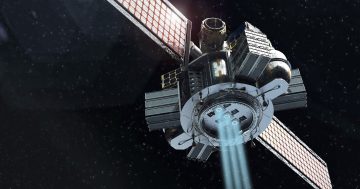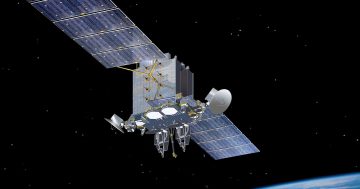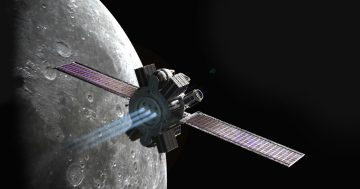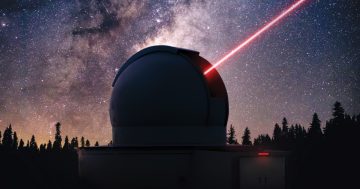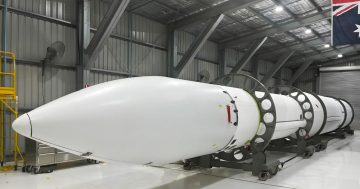Ashish Dangwal* says in an effort to increase its capabilities in space, The United States military is working on a satellite that will allow it to observe activities on the far side of the Moon.
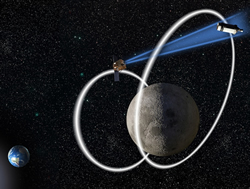 The United States military is working on a satellite that will allow it to patrol around the Moon.
The United States military is working on a satellite that will allow it to patrol around the Moon.
The Space Vehicles Directorate of the Air Force Research Laboratory (AFRL) announced last month that it is looking for partners to develop the Cislunar Highway Patrol System (CHPS) satellite.
The AFRL says the CHPS is intended to “offer space domain awareness beyond geosynchronous orbit, in an area of the Moon where activity is increasing”.
Program Manager of the CHPS, Michael Lopez said the program would “deliver space domain awareness, in a region that is 1,000 times greater than our current area of responsibility”.
“The AFRL is interested in hearing from companies that may have ideas that differ from ours, and could contribute to the satellite’s capabilities,” Mr Lopez said.
“The CHPS is a spacecraft devised by the AFRL’s Space Vehicles Directorate to increase the US Space Force’s potential to detect, monitor, and identify artificial objects functioning at distances beyond a range of 385,000 kilometres.”
“We are looking forward to seeing what the industry will propose, to help us design and build the system,” Mr Lopez said.
”Our goal is to create a satellite that will become critically important as the US supports civil and commercial efforts in the cislunar domain.”
The AFRL has released a video on YouTube revealing that the US military is planning to increase its reach in space using a new patrolling system.
The CHPS would be developed to enhance the US Space Force’s capability to monitor and identify man-made objects in the Moon’s orbit and beyond.
The Moon-patrolling spacecraft would be sent into cislunar space, essentially the Moon’s far side.
“The AFRL is extending its range by 10 times and the operations area of the United States by 1,000 times, taking our reach to the far side of the Moon into cislunar space, far beyond the crowd,” the video states.
Stating that the US Space Force will maintain the peaceful development of space, the AFRL says the responsible use of space and unfettered access to space domain awareness ensures collision avoidance, on-orbit logistics, communication, navigation and manoeuvring.
“All this is critical to the US and allied space commerce, science, and exploration,” it says.
While the video addressed many things, it still leaves a lot of questions unanswered concerning the satellite’s specific characteristics, including its design, endurance, or budget.
Its planned launch is set for 2025.
The US Space Force (USSF) was established on 20 December 2019, when the Administration of President Donald Trump passed the National Defence Authorisation Act.
At the signing ceremony, Mr Trump declared that “space is the world’s newest war-fighting domain”.
“Amid grave threats to our national security, American superiority in space is absolutely vital. And we’re leading, but we’re not leading by enough, but very shortly we’ll be leading by a lot,” Mr Trump said.
The fundamental goal of the USSF is to maintain, protect, and expand the fleet of sophisticated military satellites, which serve as the core of US global military activities.
Satellites are extremely crucial for any country in the 21st century. At the same time they are particularly vulnerable to a number of attacks, making America’s reliance on them a significant weakness that might jeopardise its military activities across the world.
China, in particular, has capitalised on this weakness by amassing an array of anti-satellite missiles and technology, besides resorting to cyber-attacks.
Finding ways to protect satellites is the USSF’s most challenging mission in order to preserve America’s space dominance.
Furthermore, when the competition to exploit the Moon’s resources heats up, the USSF would play a critical role in preserving the country’s interests.
In 2020, then head of Space Operations Command, Major General John Shaw, said that USSF troops would deploy at command centres “somewhere in the Lunar environment” in the coming years.
However, other officials have dismissed this remark, claiming any such developments would be decades away.
*Ashish Dangwal holds a Master’s degree in East Asian Studies and has a deep interest in defence and geopolitics-related issues. He can be contacted at [email protected].
This article first appeared on the EurAsian Times website.


